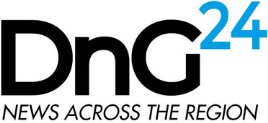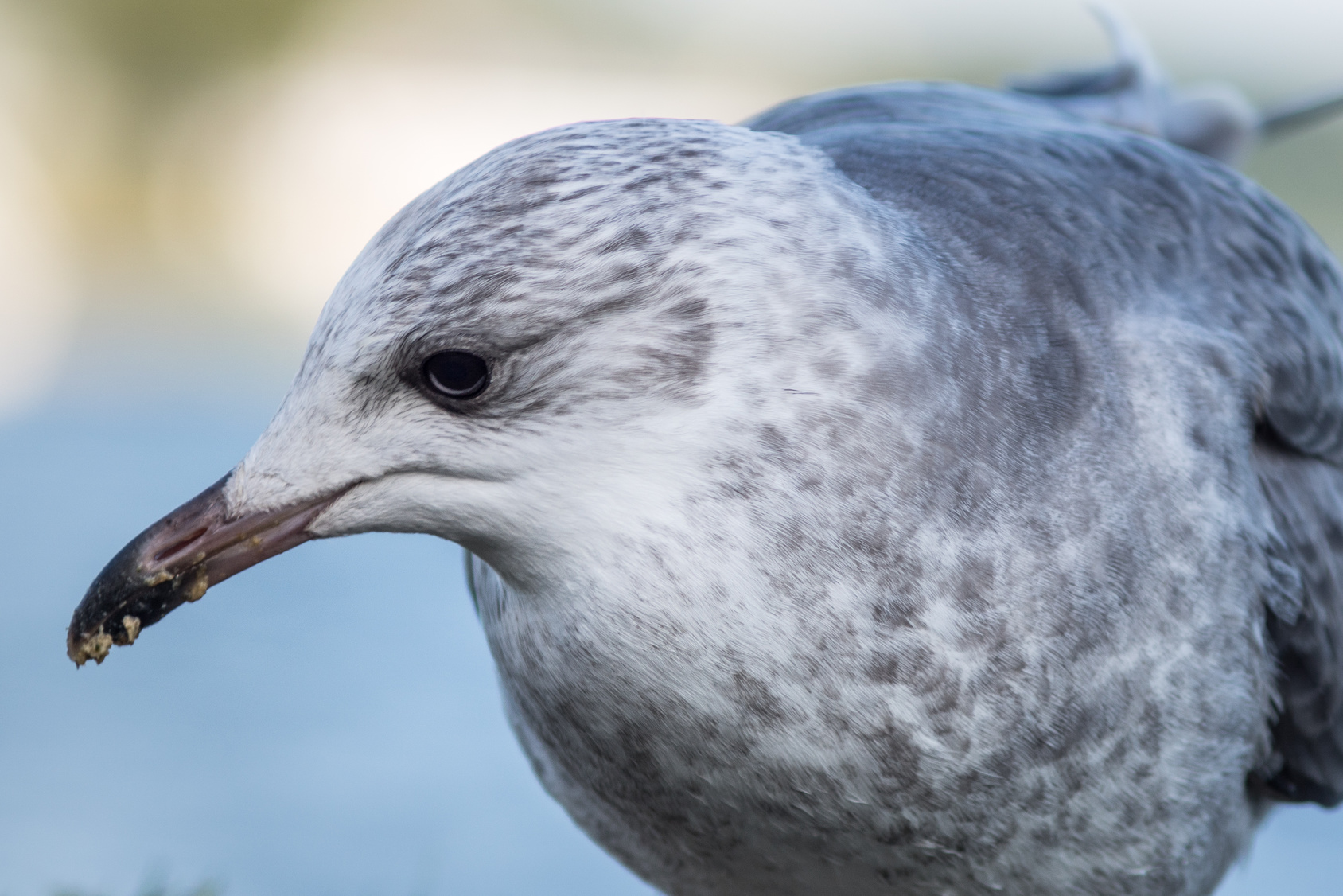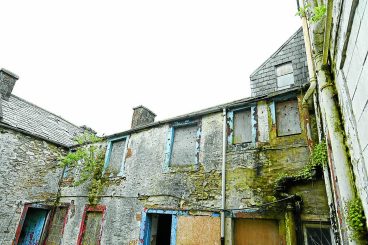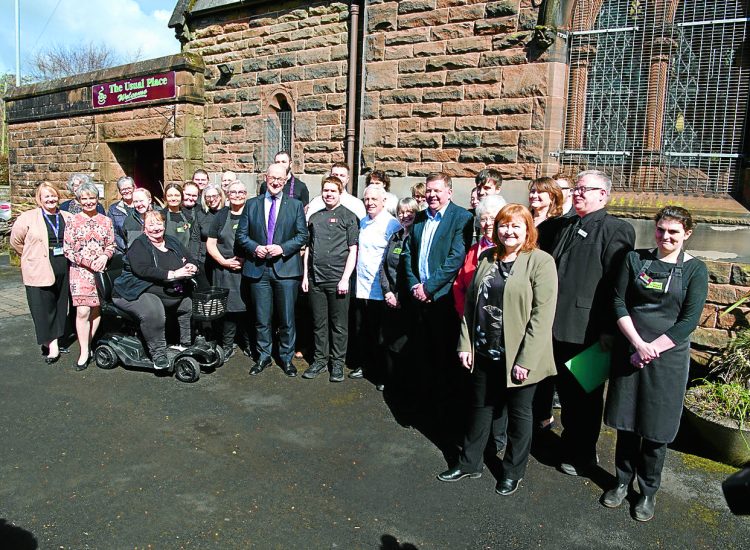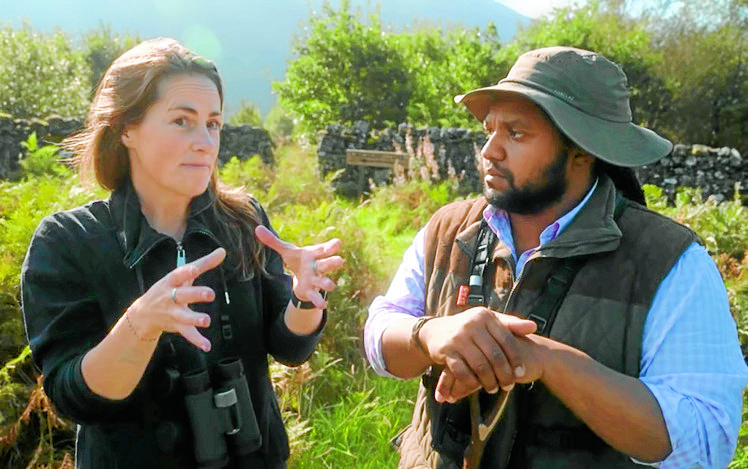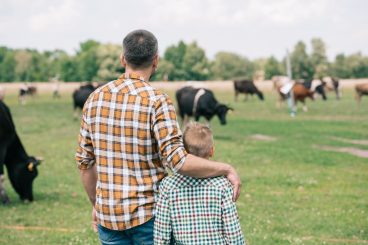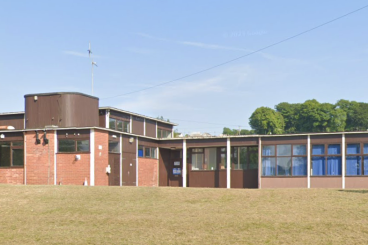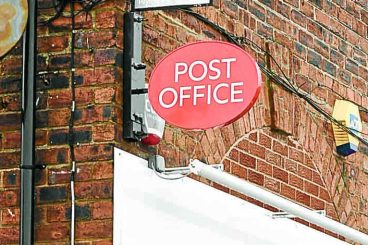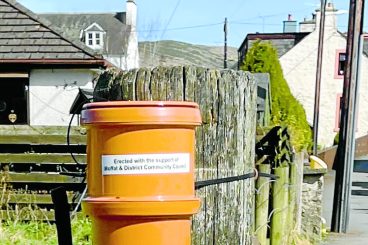Putting the area’s resident seagulls on contraceptives was one of 24 ideas listed in a council report, which also considered the use of fire gel and introducing foxes and minks to reduce the bird numbers.
The radical birth control option appears to have been inspired by Blankenberge, a Belgian seaside town which first put seagulls on birth control three years ago by doping their food.
It was the first time the idea has been tested on seagulls, and was later being seriously considered by councils along the Yorkshire coast who were fed up of aggressive gulls divebombing and deterring tourists.
This area’s “major seagulls crisis” is due to be discussed again at the council’s communities committee next Tuesday after council officers investigated all options and what steps other local authorities are taking to tackle nuisance gulls.
A report produced on the issue reads: “A list of 24 options was sent to all community councils, seeking views on whether or not there were additional options that should be considered and inviting comments on those listed.
“To date we have received responses from Crossmichael, Kirkbean, Loreburn and Port William Community Councils.”
Anne Lindsay is chairperson for Loreburn Community Council, which has long campaigned for firm action on the seagulls issue and carried out public surveys to properly assess the extent of the problem.
She said: “We responded in detail to the council’s proposal for gull management options, and essentially the options presented did not include enough information to do a proper cost-benefit analysis.”
Wendy Hampson, secretary of Kirkbean Community Council, said: “Why on earth give people 24 options? That’s just passing the buck.
“It’s a difficult situation, but if you give someone 24 options you are not going to get real feedback.”
The last gull count in 2020 showed there were over 1000 seagulls in total in the worst-hit areas of Annan, Dumfries, Stranraer and Kirkcudbright.
None of the community councils that responded to the council survey was in favour of the birth control suggestion, and the idea received two negative comments.
The proposal to use fire gel received three negative comments. The gel is a harmless substance which is naked to the human eye, but seen as a flame by the birds and hence a hazard area to avoid.
Introducing foxes and minks was also a complete no-no, with three negative comments being submitted from the community councils.
Other suggestions in the list of 24 included introducing a bird of prey kite/statue, electrified track systems, installing motion sensitive scare alarms, and fitting roof and chimney spikes.
A series of more conventional proposals were also put forward, including installing gull proof bins, providing businesses with gull proof refuse sacks, litter education, litter enforcement, and exploring introducing byelaws to prohibit feeding gulls.
Meanwhile, a list of 90 properties across Dumfries and Galloway have been identified for various gull control measures.
The council’s new gull control officer has been engaging with Nature Scot regarding the licences that will be required to carry these measures.
The buildings include 46 private properties 25 commercial, 17 council, two owned by the NHS, and are spread across Annan, Dumfries, Heathhall, Kirkcudbright, Lockerbie, Stranraer and Sanquhar.
